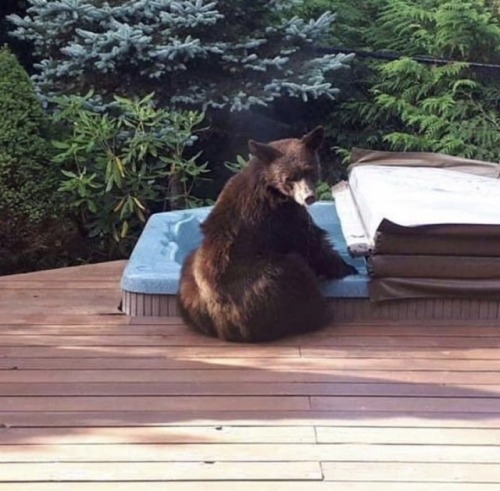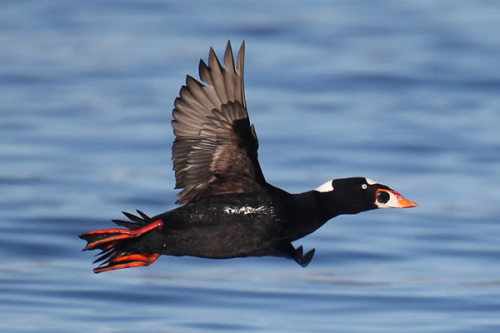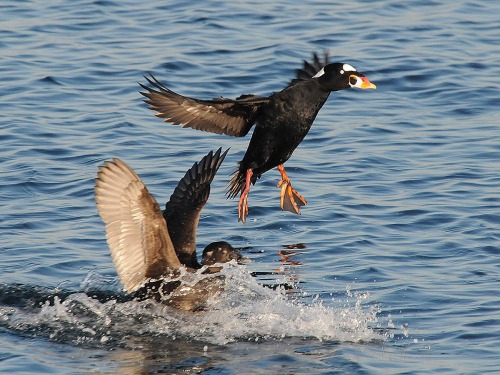Linruuu - Linru ฅ^•ﻌ•^ฅ
More Posts from Linruuu and Others

Xray: shows bone/skull only. Does not show the brain. Best used to detect if there are bone fractures. CT: quick test. Shows brain but detail not great. Shows if any larger bleed, stroke, lesions, or masses. MRI: long test. Shows brain and detail is great. Shows smaller bleeds, stroke, lesions, or masses. MRA: shows the flow of blood in the vasculature system of the brain. If there is vessel narrowing or blockage this test would show it. PET scan: shows how active different parts of the brain is. An active brain uses sugar as energy and pet scan detects how much sugar is being used by lighting up and turning different colors. The more sugar being used the more that area will light up and be different in colors. Cancer cells use the most sugar so cancer cells light up the most. PET scan is used to see if there are cancer cells. (Cancer cells replicate at a very fast and uncontrolled rate hence use a lot of sugar to allow that replication hence why they light up so much).
Via Meddy Bear


one of the best academic paper titles



i hope you meet people with intentions as pure as your own and i hope you travel to all the places you’re curious about and i hope the restaurants you go to have your favorite drink and i hope you always have good dreams when you sleep and i hope the life you live is a fulfilling one










The surf scoter (Melanitta perspicillata) is a large sea duck native to North America. Adult males are entirely black with characteristic white patches on the forehead and the nape and adult females are slightly smaller and browner. Surf scoters breed in Northern Canada and Alaska and winter along the Pacific and Atlantic coasts of North America. These diving ducks mainly feed on benthic invertebrates, mussels representing an important part of their diet.
Continua a leggere
There were a lot of freshwater mussels on the 2021 US extinction list. They didn’t leave us with haunting recordings of them calling out for a mate they’d never meet, there were no drawings in vivid color. They were extremely important nevertheless and their loss is frustrating too. That’s why stream ecology and mollusks have always fascinated me. They were silent, stalwart little heroes and entire species were lost to pollution.
Convergent evolution is wild, bc like, crabs keep evolving to look the same but aren’t closely related, nature is just like: BIG MEATY CLAWS, little legs, pincers, head, tiny eyes, let’s do it again!
and trees look the same but oak trees are more closely related to rose bushes than they are pine trees, fucked up
nature just likes these damns shapes:


but on the other hand, mammals flying with powered flight?? That shit only happened ONCE and it had to do some janky shit to get there, especially with bat immune systems

like bat’s immune systems are HYPER-POWERED as well as repress most of their inflammatory reactions because in order to fly they needed a bonkers-high metabolic rate which unfortunately also create waste products from the process called “free radicals” that damage cells
however, despite these free radicals they manage to live up to FORTY YEARS, which is super long for a species their size, because their immune system are basically always ON and in an anti-viral state that make them incubators for disease due to warfare between their jacked immune systems and disease

bats are so gdamn weird, I love them, no other mammal has been able to copy off their homework and accomplish the same shape, and for that they are the anti-crab of the natural world, God bless
“When the starry sky, a vista of open seas, or a stained-glass window shedding purple beams fascinate me, there is a cluster of meaning, of colors, of words, of caresses, there are light touches, scents, sighs, cadences that arise, shroud me, carry me away, and sweep me beyond the things I see, hear, or think, The “sublime” object dissolves in the raptures of a bottomless memory. It is such a memory, which, from stopping point to stopping point, remembrance to remembrance, love to love, transfers that object to the refulgent point of the dazzlement in which I stray in order to be.”
— Julia Kristeva, “Approaching Abjection”, in Powers of Horror
-
 hollowcportcresources reblogged this · 3 weeks ago
hollowcportcresources reblogged this · 3 weeks ago -
 gremlinaut reblogged this · 1 month ago
gremlinaut reblogged this · 1 month ago -
 gwenbeauregard liked this · 1 month ago
gwenbeauregard liked this · 1 month ago -
 gremlinaut liked this · 1 month ago
gremlinaut liked this · 1 month ago -
 cineebon reblogged this · 2 months ago
cineebon reblogged this · 2 months ago -
 thaddeusmike reblogged this · 3 months ago
thaddeusmike reblogged this · 3 months ago -
 thaddeusmike liked this · 3 months ago
thaddeusmike liked this · 3 months ago -
 polishcrown reblogged this · 3 months ago
polishcrown reblogged this · 3 months ago -
 dirtysagittarius reblogged this · 4 months ago
dirtysagittarius reblogged this · 4 months ago -
 louielakai liked this · 4 months ago
louielakai liked this · 4 months ago -
 ippai-lips liked this · 4 months ago
ippai-lips liked this · 4 months ago -
 tyrannosaurme reblogged this · 4 months ago
tyrannosaurme reblogged this · 4 months ago -
 tyrannosaurme liked this · 4 months ago
tyrannosaurme liked this · 4 months ago -
 johnteagueart liked this · 4 months ago
johnteagueart liked this · 4 months ago -
 rainyquinzellesblog reblogged this · 4 months ago
rainyquinzellesblog reblogged this · 4 months ago -
 rainyquinzellesblog liked this · 4 months ago
rainyquinzellesblog liked this · 4 months ago -
 b3gr8w0n reblogged this · 4 months ago
b3gr8w0n reblogged this · 4 months ago -
 the-reckless-ronin liked this · 4 months ago
the-reckless-ronin liked this · 4 months ago -
 the-reckless-ronin reblogged this · 4 months ago
the-reckless-ronin reblogged this · 4 months ago -
 ginwuh liked this · 4 months ago
ginwuh liked this · 4 months ago -
 pyjingopresents liked this · 4 months ago
pyjingopresents liked this · 4 months ago -
 theoldtentacledgods liked this · 4 months ago
theoldtentacledgods liked this · 4 months ago -
 goldenshibe reblogged this · 4 months ago
goldenshibe reblogged this · 4 months ago -
 goldenshibe liked this · 4 months ago
goldenshibe liked this · 4 months ago -
 b3gr8w0n liked this · 4 months ago
b3gr8w0n liked this · 4 months ago -
 sketcheed reblogged this · 4 months ago
sketcheed reblogged this · 4 months ago -
 kawaiidesu reblogged this · 4 months ago
kawaiidesu reblogged this · 4 months ago -
 kawaiidesu liked this · 4 months ago
kawaiidesu liked this · 4 months ago -
 mutualunelite reblogged this · 6 months ago
mutualunelite reblogged this · 6 months ago -
 annaxpdoa liked this · 7 months ago
annaxpdoa liked this · 7 months ago -
 annaoayin liked this · 7 months ago
annaoayin liked this · 7 months ago -
 alisa911 reblogged this · 7 months ago
alisa911 reblogged this · 7 months ago -
 kawaiistarlights reblogged this · 7 months ago
kawaiistarlights reblogged this · 7 months ago -
 doggykisses reblogged this · 8 months ago
doggykisses reblogged this · 8 months ago -
 trealtox liked this · 8 months ago
trealtox liked this · 8 months ago -
 djdndndsposts liked this · 8 months ago
djdndndsposts liked this · 8 months ago -
 wikipediaboyf reblogged this · 8 months ago
wikipediaboyf reblogged this · 8 months ago -
 cat-hermit liked this · 8 months ago
cat-hermit liked this · 8 months ago -
 brblifuk liked this · 9 months ago
brblifuk liked this · 9 months ago -
 stufftomakemymomsmile reblogged this · 9 months ago
stufftomakemymomsmile reblogged this · 9 months ago -
 hoehji liked this · 9 months ago
hoehji liked this · 9 months ago -
 luckypartydog liked this · 9 months ago
luckypartydog liked this · 9 months ago -
 fraserpoppy liked this · 10 months ago
fraserpoppy liked this · 10 months ago -
 kinderiiriesenii liked this · 10 months ago
kinderiiriesenii liked this · 10 months ago -
 adisasterchild reblogged this · 10 months ago
adisasterchild reblogged this · 10 months ago -
 4horsesatetheworld reblogged this · 10 months ago
4horsesatetheworld reblogged this · 10 months ago -
 divineglitter-blog liked this · 11 months ago
divineglitter-blog liked this · 11 months ago
